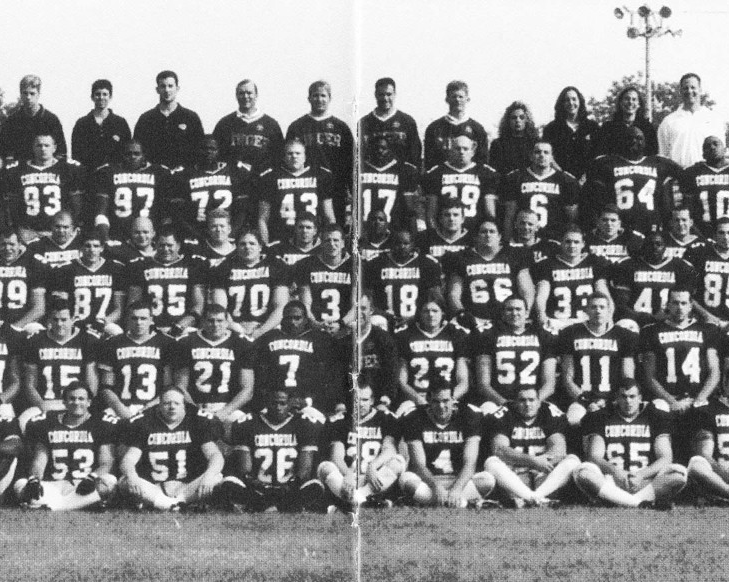Vancouver-native O’Brian is prepared for the challenges that lie ahead.
He’s been working overseas for 17 years and for eight at Quito International Airport. He credits much of his professional success to the education he received at Concordia in the Global Aviation MBA program.
“My MBA in aviation was the pinnacle educational experience of my career,” says O’Brian. “It really launched me to where I wanted to go.”
Prior to COVID-19, Quito International Airport’s 9,000 employees managed 15,000 to 18,000 passengers a day, alongside a bustling cargo program of exports and imports. The airport is partnered with 18 international airlines from the United States, Canada, Europe and other Latin American countries.
But after the cessation of commercial flights on March 18, “it was like walking through a ghost town,” O’Brian says.
With one significant exception: “I’d say our air cargo program has actually increased a little bit because of all the emergency supplies that are flying around the world.”
The airport also coordinated the repatriation of Ecuadorian citizens, plus the repatriation of more than 30,000 tourists to their home countries in Canada, Europe and the United States.
“So we’ve been really, really busy trying to operate while also being on this huge learning curve to protect passengers in the airport, to protect our staff who work with passengers and to protect airport workers.”
‘How do you show people that it’s safe to travel again?’
Airlines have also been preparing for the restart of travel.
“Modern airplanes have these incredible high-efficiency particle (HEPA) filters that circulate air and kill viruses,” says O’Brian. “If we have the airport experience covered, and if the airlines have all their upgraded hygiene and cleaning protocols, and if they communicate that properly, then we think the experience of flying should be safe.”
But while Quito International Airport and some airlines may be ready to start welcoming passengers, a key question remains: are passengers ready to fly?


 At the height of the lockdown, Quito International Airport repatriated more than 30,000 tourists to Canada, Europe and the United States. | Photo: Corporación Quiport
At the height of the lockdown, Quito International Airport repatriated more than 30,000 tourists to Canada, Europe and the United States. | Photo: Corporación Quiport

 COVID protocols at Quito’s airport include temperature readings.
COVID protocols at Quito’s airport include temperature readings.


